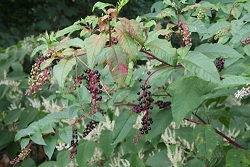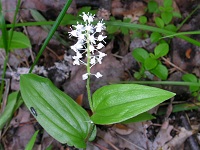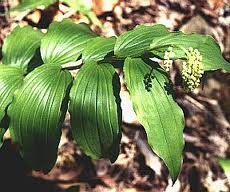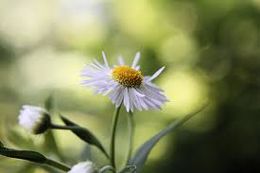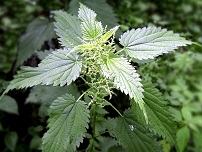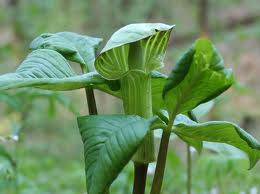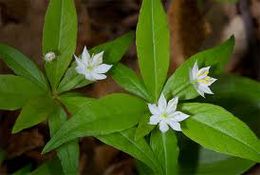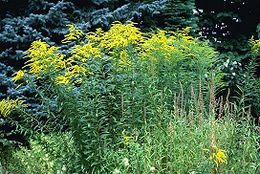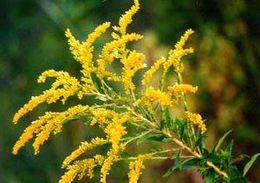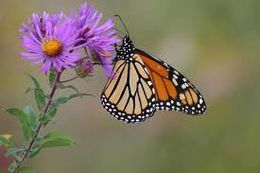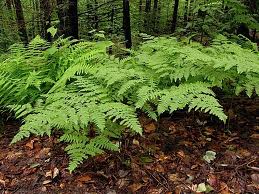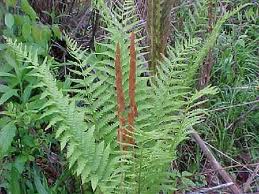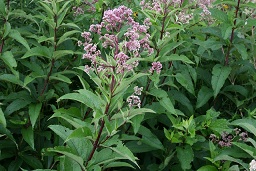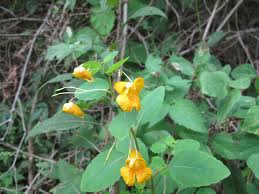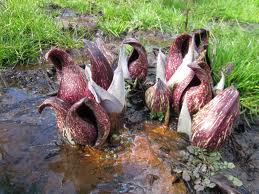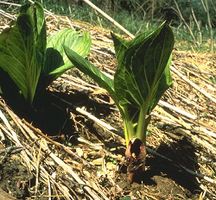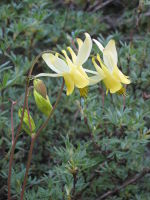Lexington Wild Flowers And Herbs
Jump to navigation
Jump to search
The printable version is no longer supported and may have rendering errors. Please update your browser bookmarks and please use the default browser print function instead.
| In And Around Lexington |
|---|
| Events |
| Events and Calendars |
| Arts and Entertainment |
| Art Galleries, Cary Library |
| Museums |
| Historical Buildings and Sites |
| Bands |
| Orchestras, Symphonies |
| Local Flora and Fauna |
| Ballet, Opera, Theater |
| Trees, Shrubs and Vines |
| Wild Flowers and Herbs, Birds |
| Local History |
| Articles, Books, Old Pictures |
| Historic Commission, Historic Surveys |
| Old Churches and Meeting Houses |
| Period Maps, TV Stations, Web Site Mirrors |
| Recreation and Outdoors |
| Biking, Exercise, Gyms |
| Parks, Trails |
| Town Recreation Facilities |
| Food and Drink |
| Restaurants |
| City Life |
| Mailing Lists, Web Sites, FAQs |
| Churches and Temples |
| Child Care Centers |
| Public, Private Schools |
| Tutoring and Private Instructors |
Yarrow
- Achillea millefolium
- To 40 in. (1 m)
- Flowers are white to pink
- Leaves are fern like
Pokeweed
- Achillea millefolium
- To 10 ft (3 m)
- Grows in fields and waste areas
- Berries are toxic when raw but cooked juice is edible. The seeds remain toxic after cooking.
- Berries were used for ink making
Canada Mayflower
- Maianthemum canadense
- To 6 in (15 cm)
- Perennial
- Has 1 to 3 leaves
- Cluster of white flowers held above the leaves
- Berry fruit becomes red and translucent when ripe
False Solomon Seal
- Maianthemum racemosum
- To 2 ft (60 cm)
- Perennial
- Leaves elongated and alternating
- Round fruit turns red when ripe
Daisy Fleabane
- Erigeron strigosus
- To 5 ft (1.5 m)
- May be annual or biennial
- Name derived from the belief that the dried plants repelled fleas
- Flowers are white, pink or lavender and have yellow disk
Stinging Nettle
- Urtica dioica
- To 4 ft (1.2 m)
- Touching plant hairs produces burning sensation
Jack in the Pulpit
- Arisaema triphyllum
- To 3 ft (90 cm)
- Herbaceous perennial plant
- Curving hood ("Pulpit") covers over fingerlike central stem ("Jack")
Starflower
- Trientalis borealis
- To 8 in (20 cm)
- Perennial
Goldenrod
- Solidago genus
- To 5 ft (1.5 m)
- Perennial
- Large clusters of small yellow flowers that appear from the end of summer until frost
- Grows in open meadows, on the side of the road, in garbage areas
- Produces golden yellow dye
New England Aster
- Symphyotrichum novae-angliae (formerly Aster novae-angliae)
- To 7 ft (2.1 m)
- Perennial
- Gold disk florets at tip of stems, surrounded by 30 or more ray florets that are purple, lavender, or light pink
- Long leaves alternating along central stem and side branches which are covered with short white hairs
Bracken Fern
- Pteridium aquilinum
- To 5 ft (1.5 m)
- Perennial
- Instead of leaves, ferns have what are called fronds, subdivided in leaflets with small pinnae.
- Bracken fronds are shaped like triangles
- Grows in large colonies
Cinnamon Fern
- Osmundastrum cinnamomeum
- To 3 ft (90 cm)
- Likes moist and marshy soil
- Spreads by spores made on smaller cinnamon-colored frods
Common Milkweed
- Asclepias syriaca
- To 6 ft (1.8 m)
- Stem and leaves produce a white latex when broken
Joe-Pye Weed
- Eutrochium genus
- To 7 ft (2.1 m)
- Occurs naturally in moist and very wet soils, but also tolerates garden soil that is not too dry
- Was used by New England healer Joe Pye to treat a variety of ailments, therefore the name
Jewelweed
- Impatiens capensis
- To 5 ft (1.5 m)
- Juice from stems can be used as rubbing treatment for skin that had poison ivy contact
Skunk Cabbage
- Symplocarpus foetidus
- To 2 ft (60 cm)
- Huge leaves rise directly from ground
- Foul smelling flower attracts insects
- Prefers wetlands, river banks
Cattail
- Typha latifolia
- To 10 ft (3 m)
- Wetland plant
Yellow Columbine
- Aquilegia flavescens
- 20-70cm
- Leaf: Basal
- Plant Observed last week of May thru 1st week of September

